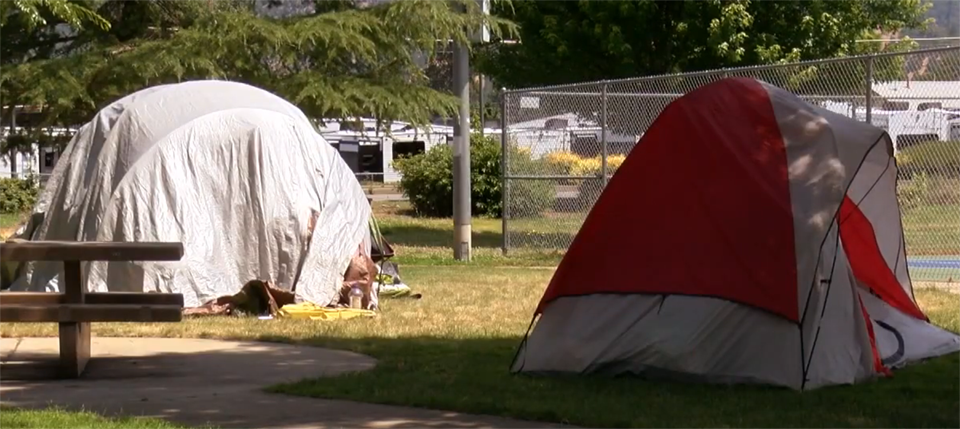Rural Oregon Unsheltered Homelessness is Increasing

The number of homeless people living out in the open is increasing rapidly in rural areas of Oregon, more so than in cities.
The finding arises from an annual people count of homelessness in the state, known as the Point In Time (PIT) count required by the federal government’s Department of Housing and Urban Development (HUD). The count helps authorities to establish the amount of money needed to address the problem in each county.
Homelessness in Rural Areas Has Increased by 20%
Homelessness has been steadily increasing since the PIT count of 2022-23, which stood at 12%. A report published recently by HUD shows that overall homelessness in Oregon has increased by 13.6% since 2023. However, homelessness in rural areas of the state shows an increase of 20%.
Authorities confirm that rural areas have largely been overlooked for federal funding based on the formula used for the PIT count that stipulates unsheltered homelessness need only be counted on odd-numbered years.
The PIT rule for 2024 was adhered to in the counties of Clackamas, Jackson, Marion, Multnomah, and Washington, but numbers of people living in unsheltered conditions were recorded in Oregon’s other counties, attributing for the increase to 20%.
More Family Groups are Becoming Homeless
The executive director of the Lincoln County Housing Authority, Karen Rockwell, confirms that there is an upward trend in homelessness not only among individuals but also in family groups.
Rockwell said Lincoln County was among the third-lowest funded regions yet was one of the counties with the highest need for care among unsheltered communities, especially the youth.
The imbalance of federal funding for homelessness in metro areas compared to rural regions has long been a contentious subject. Many believe that the problem lies with the PIT count only considering unsheltered homelessness on odd-year counts.
Oregon Governor Tina Kotek’s Homelessness Emergency Order serves as an example. Funding is based on PIT counts that excluded most rural counties. Although lawmakers later decided to include rural areas, funding packages were vastly smaller than those allocated to metro regions.
HUD has divided Oregon into eight continuums of care (CoC). In 2024, Eugene and Central Oregon CoCs conducted unsheltered homelessness PIT counts. The numbers remained constant in Eugene compared to 2023 but escalated by 5% in Central Oregon.
One of the frightening aspects of some of those living in unsheltered homeless conditions was highlighted by Rockwell. She said a substantial number of people living unsheltered received fixed incomes yet were financially unable to sustain a roof over their heads. Rockwell said there was a marked difference between wages earned and the cost of living in Lincoln County.
What the PIT count has highlighted is that in rural regions, resources are inadequate to serve homeless populations spread across wide areas.
Sources & References
- HUD January 2024 Point-In-Time Count Report – https://www.hud.gov/press/press…
